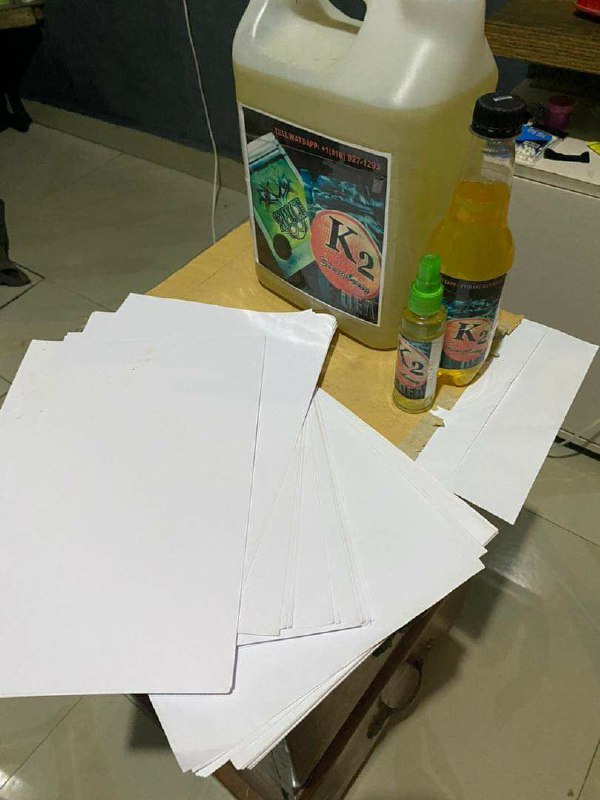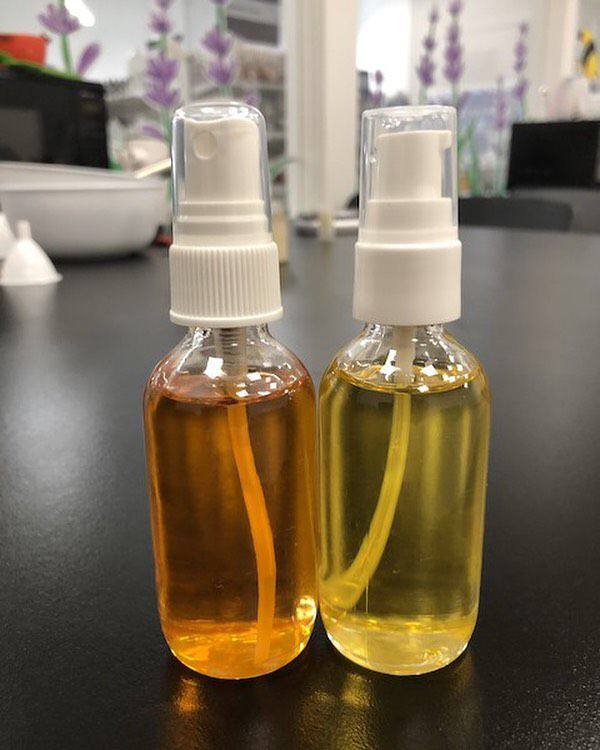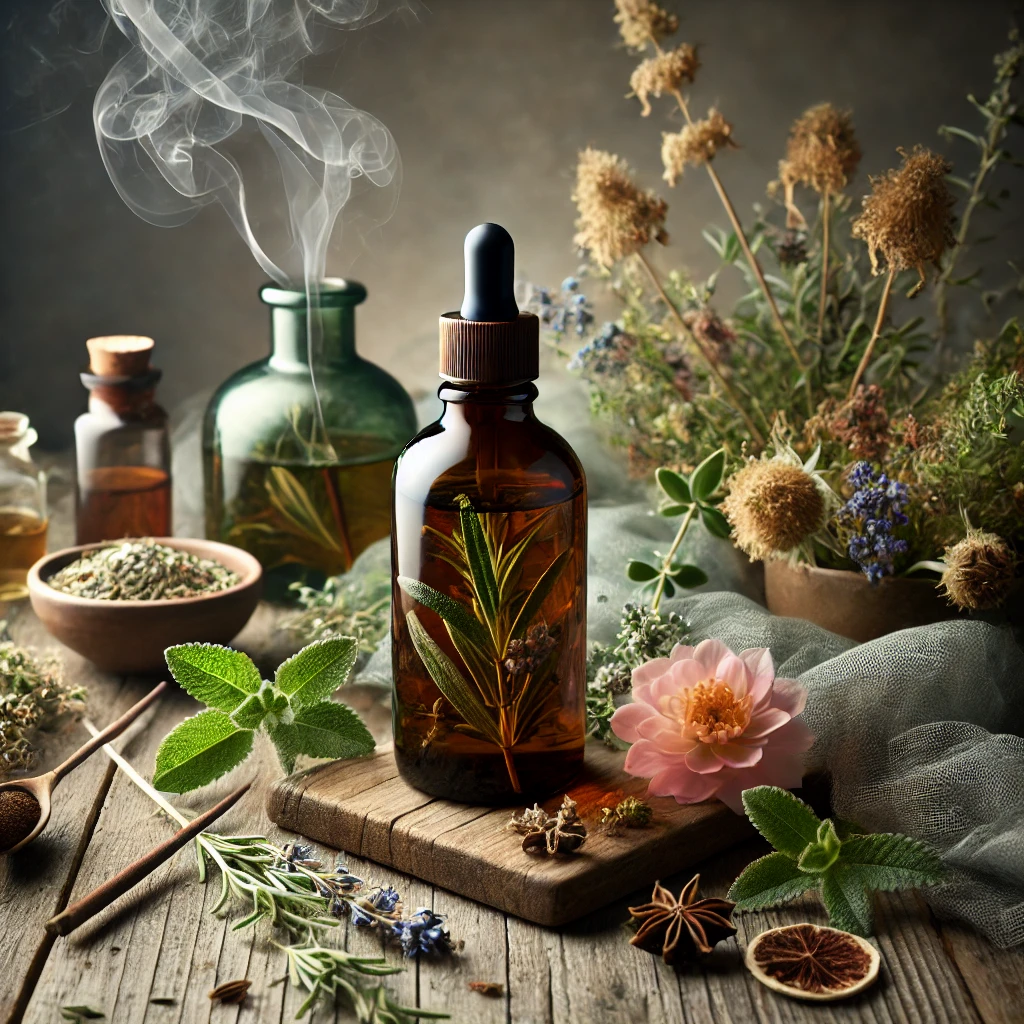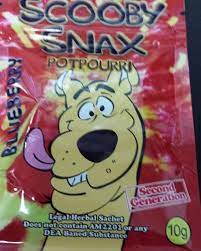In recent years, liquid herbal incense has gained significant popularity among enthusiasts seeking a unique aromatic experience. Unlike traditional incense sticks or cones, liquid herbal incense offers a versatile and potent alternative that caters to a wide range of preferences. This blog post aims to provide an in-depth exploration of liquid herbal incense, including its history, composition, benefits, and safety considerations. Whether you’re a curious newcomer or a seasoned user, this comprehensive guide will enhance your understanding of this fascinating product.

History of Herbal Incense
Herbal incense has a rich history that dates back thousands of years. Ancient civilizations across the globe, from the Egyptians to the Chinese, used various forms of incense in their religious and spiritual practices. These early incenses were often made from a blend of resins, herbs, and spices, each with its unique properties and significance.
The transition from solid to liquid forms of incense represents a significant evolution in how people experience these aromatic substances. The liquid form emerged as a modern adaptation, offering new possibilities for use and convenience. This shift reflects broader trends in consumer preferences and advancements in product formulation.
What is Liquid Herbal Incense?
Liquid herbal incense is a contemporary variant of traditional incense, formulated in liquid form for ease of use and enhanced potency. It typically consists of a blend of herbal extracts and essential oils dissolved in a solvent. This combination creates a fragrant liquid that can be vaporized or used in various applications.
Composition: Liquid herbal incense usually contains a mix of natural and synthetic ingredients. Common components include herbal extracts, essential oils, and a carrier liquid such as alcohol or glycerin. The precise formulationvary depending on the desired effect and the manufacturer’s proprietary blend.
How It’s Made: The production process involves blending herbal extracts with essential oils and a solvent. This mixture is then carefully filtered and bottled. The result is a concentrated liquid that delivers a potent aroma when vaporized or burned.
Forms and Variants: Liquid herbal incense is available in various forms, including sprays, dropper bottles, and pre-soaked incense papers. Each form offers different benefits and uses, catering to diverse preferences and applications.
Benefits and Uses

Liquid herbal incense offers a range of benefits and uses that appeal to different individuals and purposes.
Aromatherapy: One of the primary uses of liquid herbal incense is in aromatherapy. The aromatic compounds in the incense can help create a calming and soothing environment, making it a popular choice for relaxation and stress relief.
Mood Enhancement: Many people use liquid herbal incense to enhance their mood and emotional well-being. The fragrance can have a positive impact on mood, helping to uplift spirits and create a pleasant atmosphere.
Social and Recreational Use: Liquid herbal incense is often used in social settings, such as parties or gatherings, where its aromatic qualities can add to the ambiance. Its versatility and ease of use make it a popular choice for enhancing social experiences.
Spiritual and Ritualistic Uses: In various spiritual and ritualistic practices, liquid herbal incense plays a role in creating sacred spaces and enhancing meditation. The aromatic properties can help facilitate a deeper connection to spiritual practices and rituals.
Safety and Regulations
While liquid herbal incense offers numerous benefits, it’s essential to be aware of potential risks and regulations associated with its use.
Health Considerations: Potential risks of using liquid herbal incense include respiratory irritation, allergic reactions, and adverse effects from certain ingredients. It’s important to use these products in well-ventilated areas and follow recommended usage guidelines.
Regulations: The legal status and regulations surrounding liquid herbal incense vary by country. Some regions have specific laws governing the sale and use of these products, while others may have more lenient regulations. It’s crucial to be informed about local regulations to ensure compliance.
Safe Use: To use liquid herbal incense safely, follow these tips:
- Use in well-ventilated areas to minimize inhalation of concentrated vapors.
- Avoid direct contact with the skin and eyes.
- Store in a cool, dry place away from direct sunlight.
- Follow manufacturer instructions and dosage recommendations.
Popular Brands and Products
The market for liquid herbal incense includes a range of brands and products, each offering unique features and benefits.
Top Brands: Some popular brands in the liquid herbal incense market include [Brand A], [Brand B], and [Brand C]. These brands are known for their high-quality products and diverse range of scents and formulations.
Product Reviews: Notable products include [Product 1], known for its relaxing properties, and [Product 2], which offers a vibrant and invigorating aroma. Reviews often highlight the effectiveness and quality of these products, helping consumers make informed choices.
What to Look For: When choosing liquid herbal incense, consider factors such as ingredient quality, scent profile, and user reviews. Opt for products with transparent ingredient lists and positive feedback to ensure a satisfying experience.
DIY Liquid Herbal Incense
For those interested in creating their own liquid herbal incense, a DIY approach can be both rewarding and cost-effective.
Basic Recipe: A simple recipe for homemade liquid herbal incense involves combining herbal extracts with a carrier liquid, such as alcohol or glycerin. The following is a basic guide to get started:
- Ingredients:
- Herbal extracts (e.g., lavender, chamomile)
- Carrier liquid (e.g., vodka, glycerin)
- Essential oils (optional, for enhanced fragrance)
- Tools:
- Glass bottle with dropper or spray nozzle
- Measuring spoons
- Mixing bowl
- Instructions:
- Measure and mix herbal extracts with the carrier liquid in a mixing bowl.
- Add essential oils if desired.
- Transfer the mixture to the glass bottle and shake well.
- Allow the mixture to sit for a few days to enhance the aroma.
Trends and Future Outlook
The liquid herbal incense market is evolving, with several trends and innovations shaping its future.
Current Trends: Trends in the market include a growing preference for natural and organic ingredients, increased awareness of safety and regulation, and a focus on unique and customizable scent profiles.
Future Innovations: Future innovations may include advanced formulations, sustainable packaging solutions, and new applications for liquid herbal incense. As consumer preferences continue to evolve, the industry is likely to adapt with new and exciting products.
Consumer Preferences: As consumers become more discerning, there is a growing demand for high-quality, ethically produced liquid herbal incense. This shift is driving brands to focus on transparency, sustainability, and innovation.

Conclusion
Liquid herbal incense offers a versatile and aromatic experience that caters to a wide range of preferences and uses. From its historical roots to modern formulations, this product continues to captivate and inspire users worldwide. By understanding its benefits, safety considerations, and market trends, you can make informed choices and enjoy the unique qualities of liquid herbal incense responsibly.
Feel free to explore different brands, experiment with DIY recipes, and stay informed about the latest trends to make the most of this fascinating product. Remember, responsible use and awareness are key to a satisfying and enjoyable experience with liquid herbal incense.




